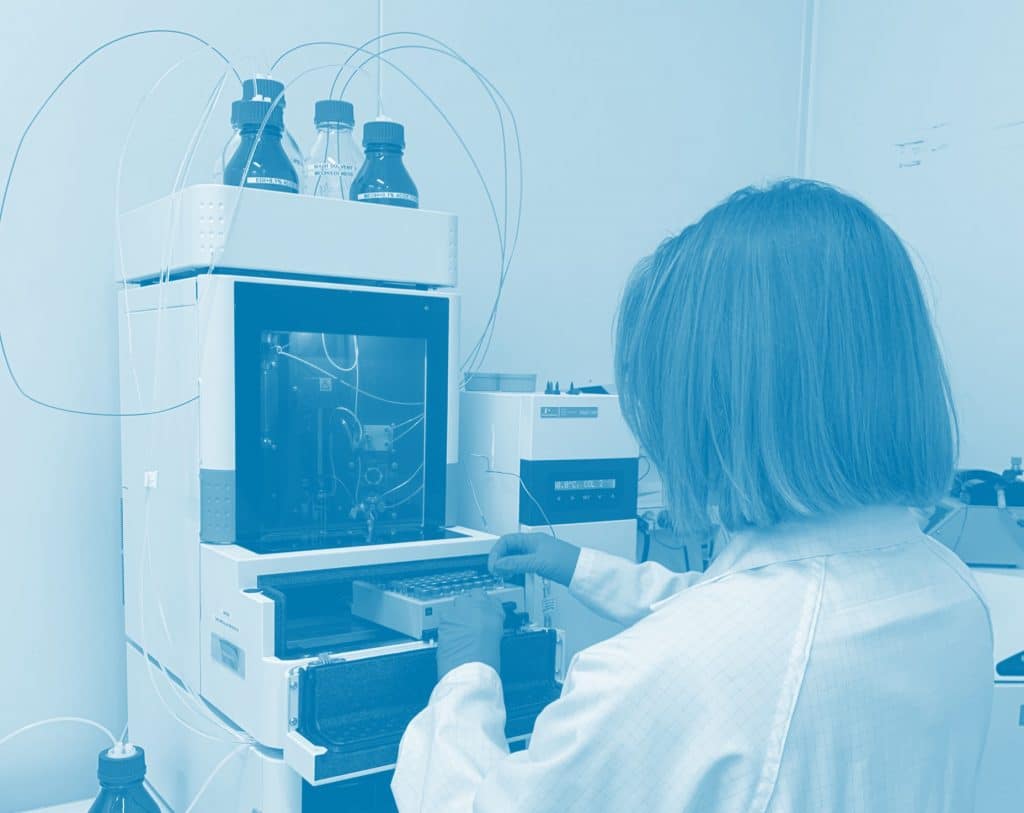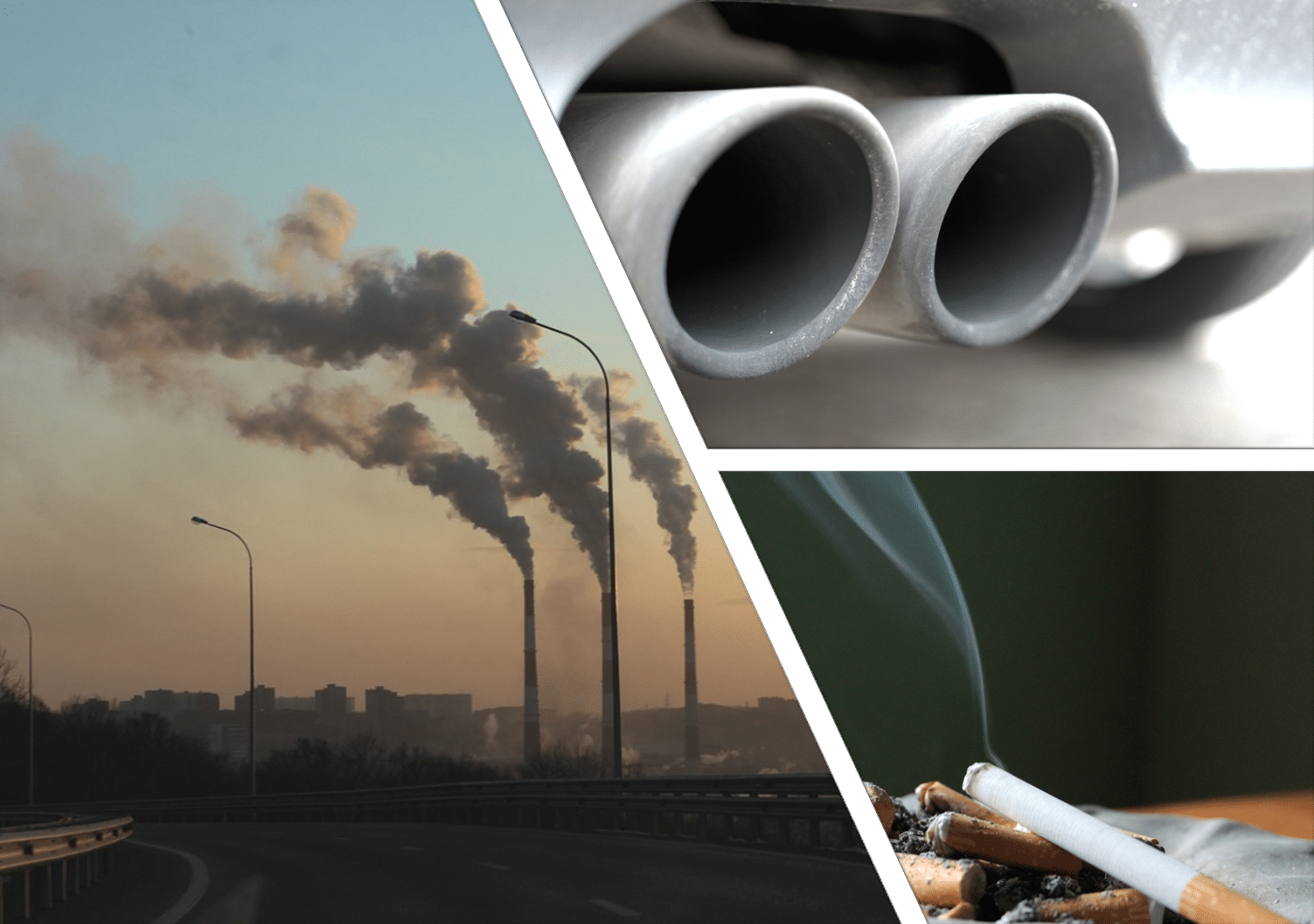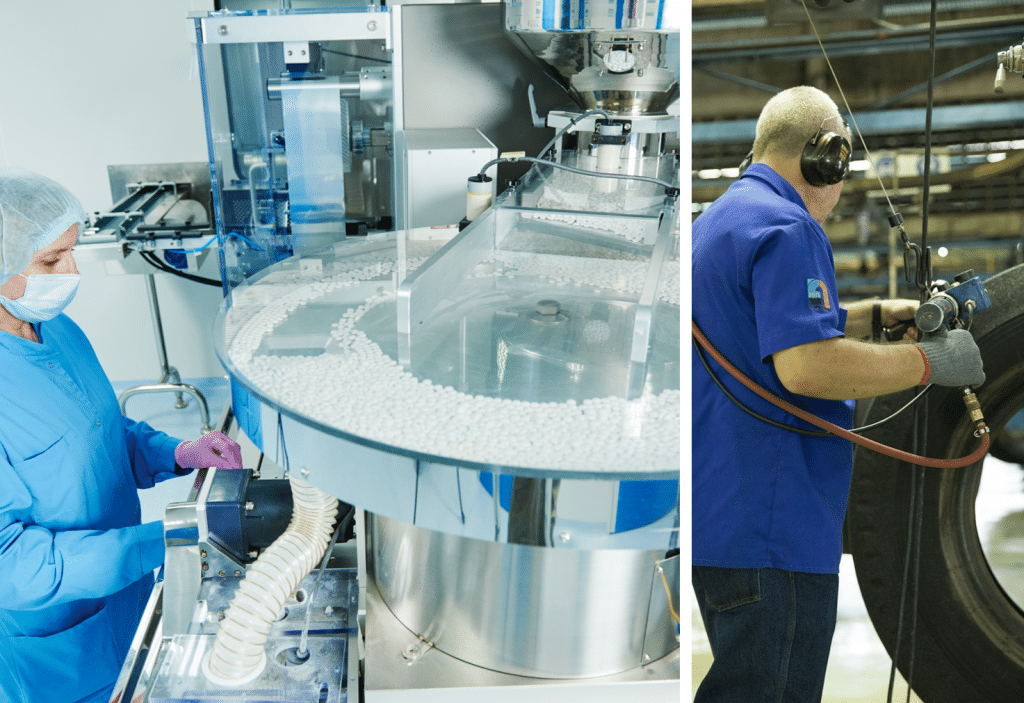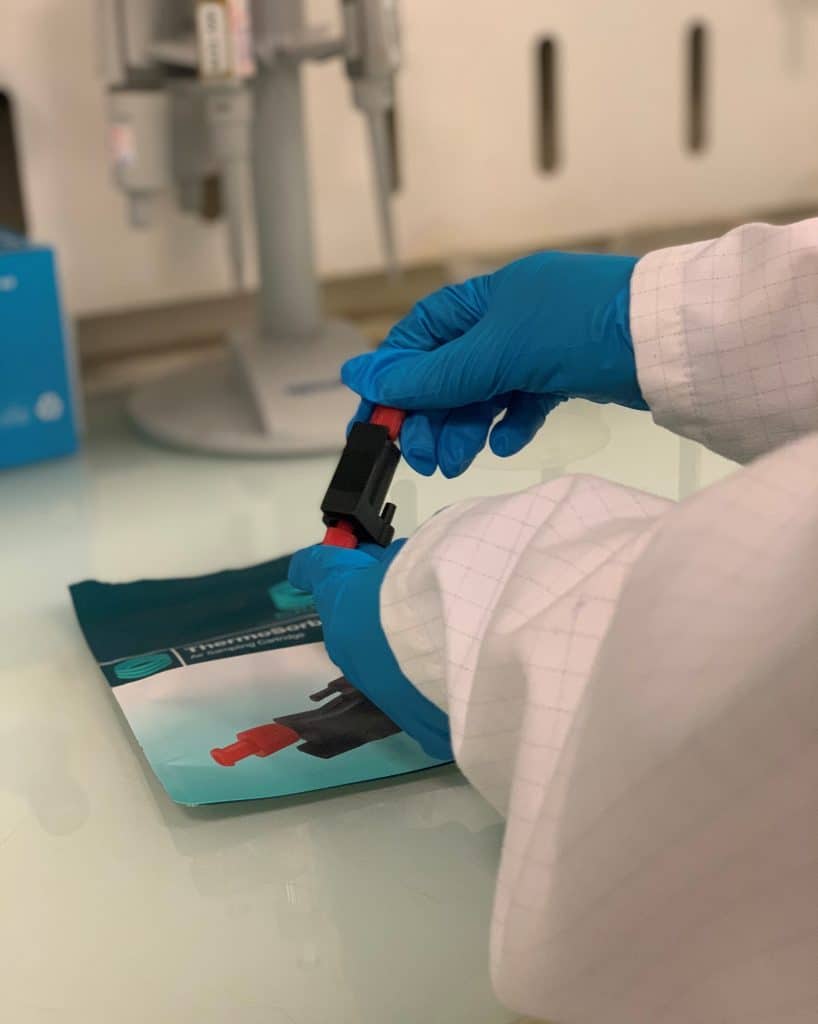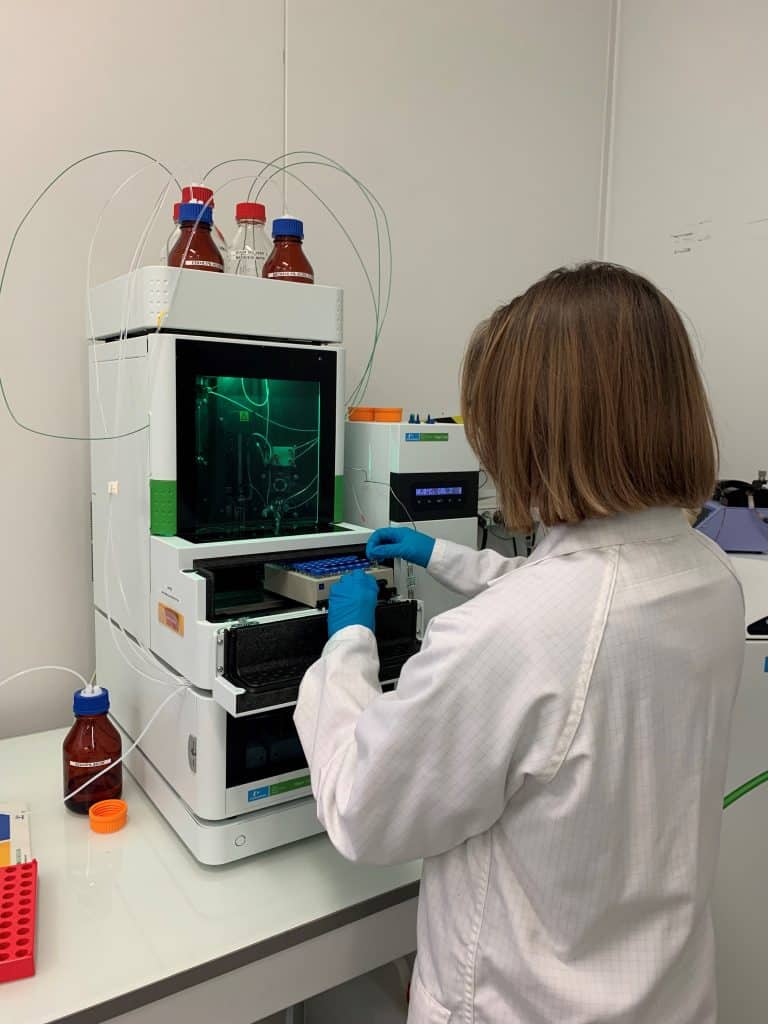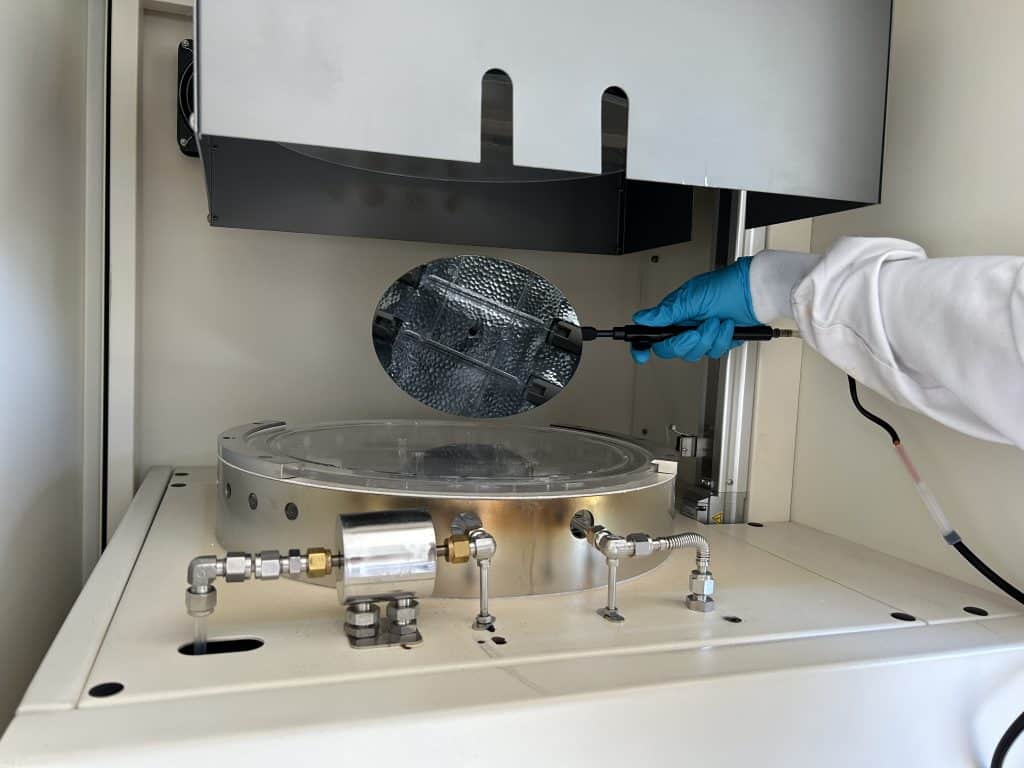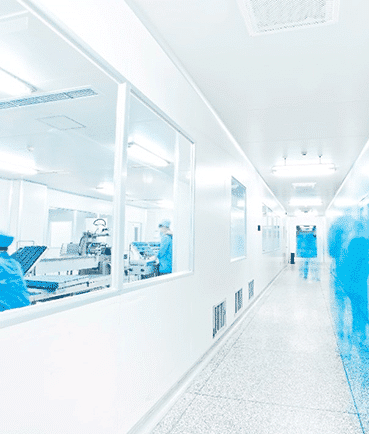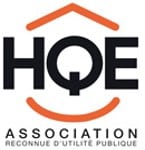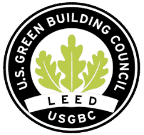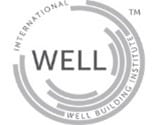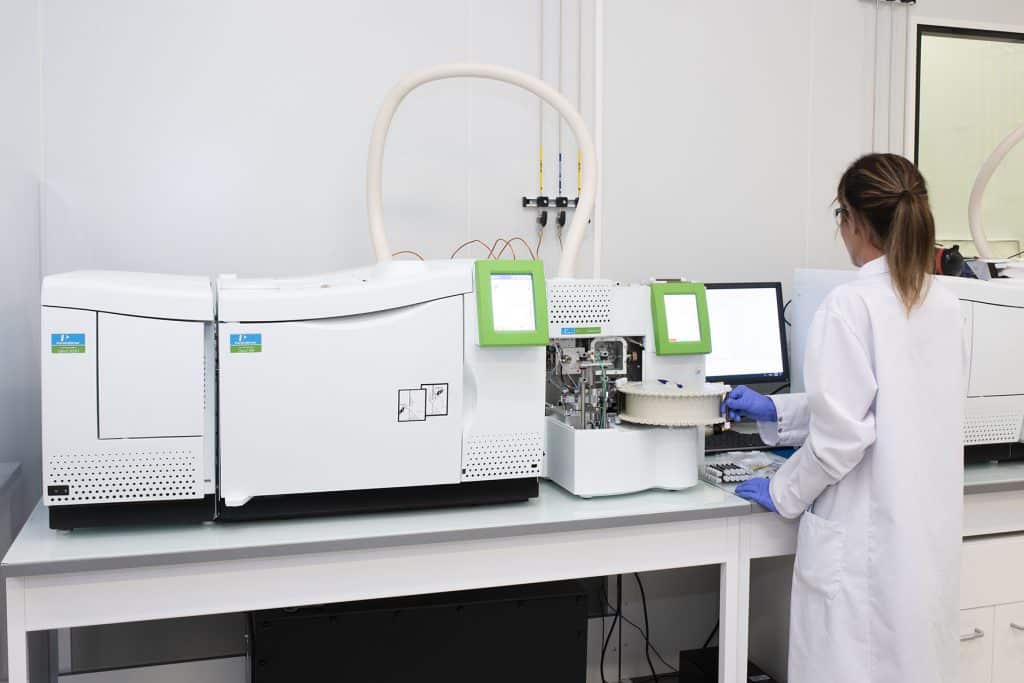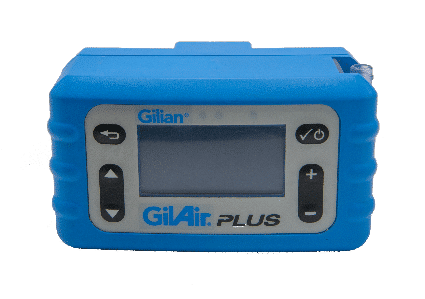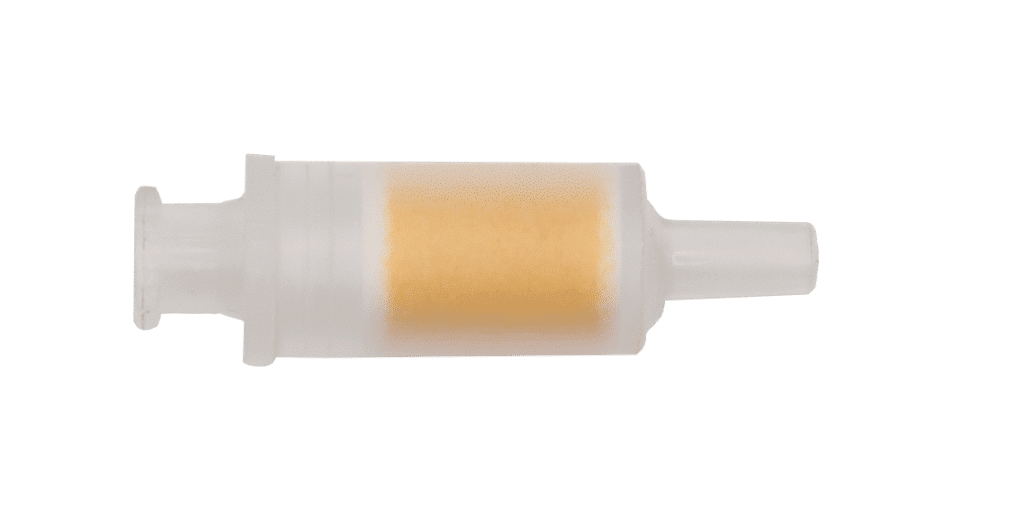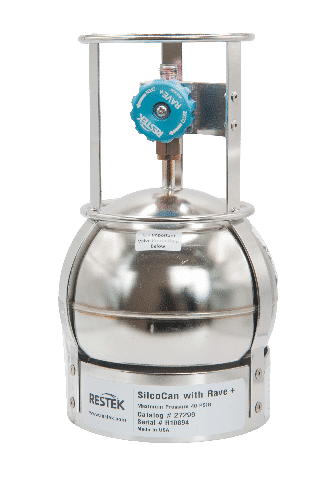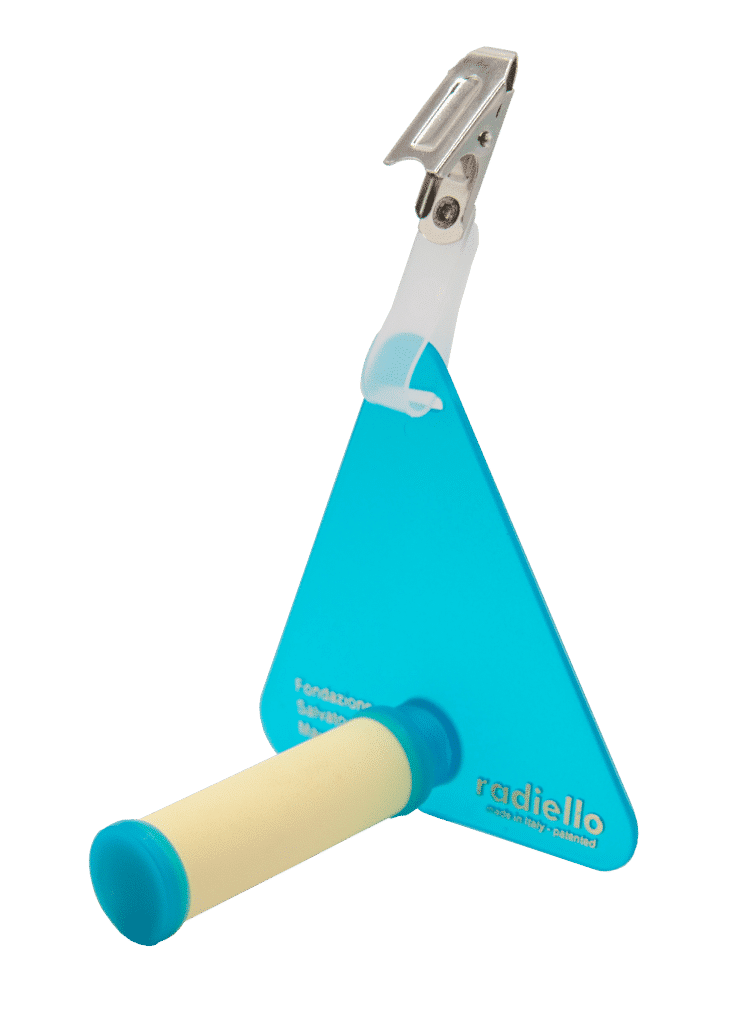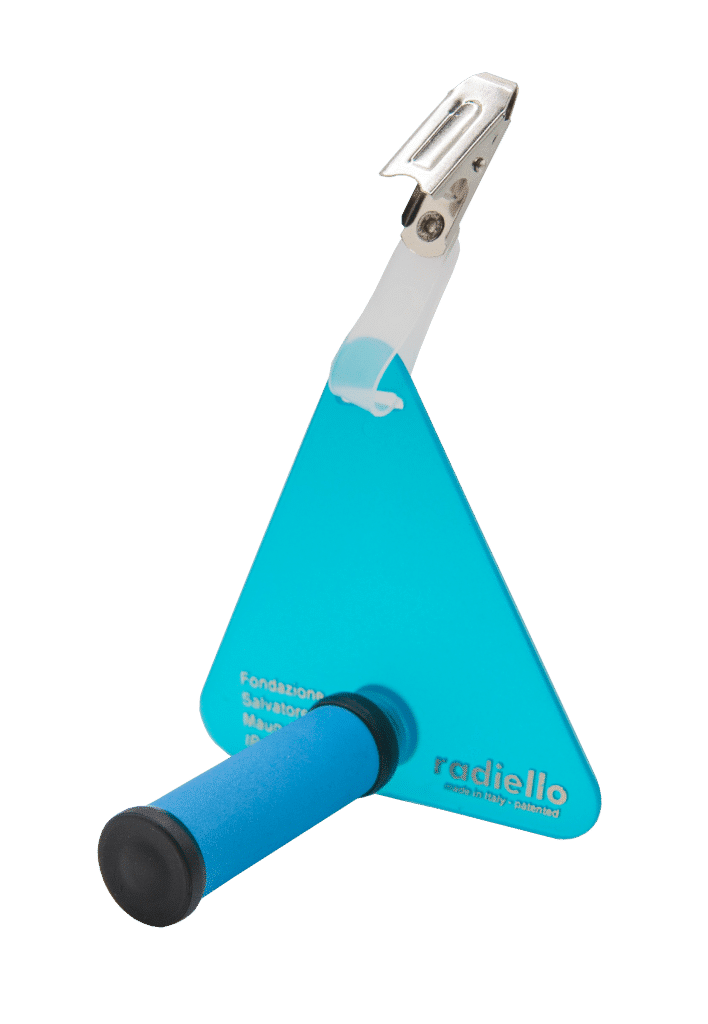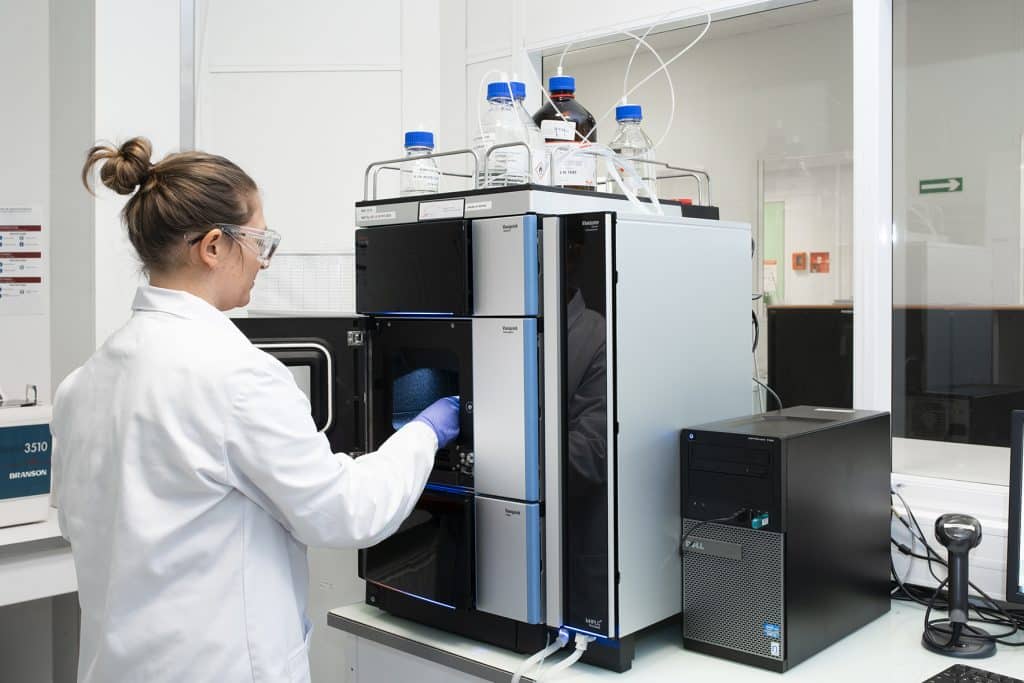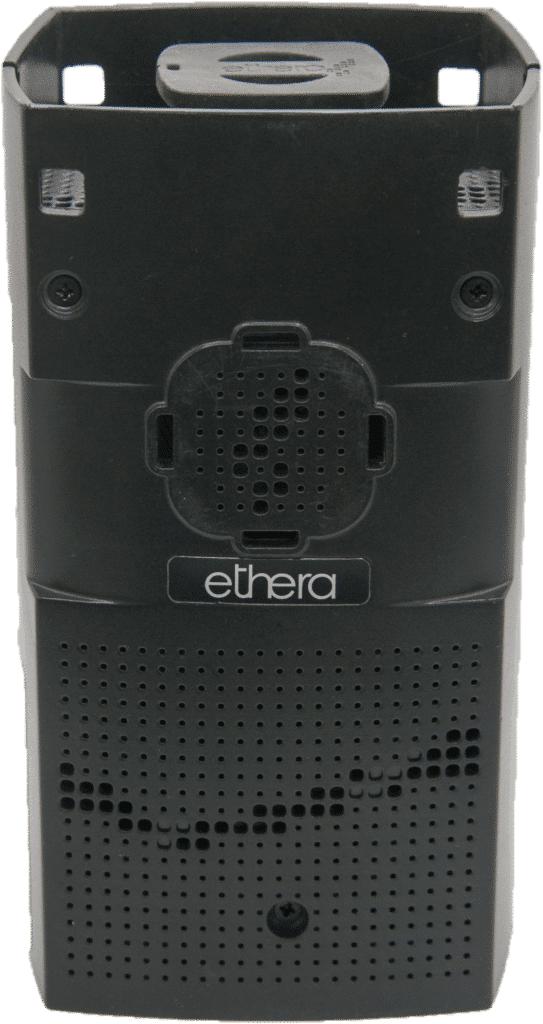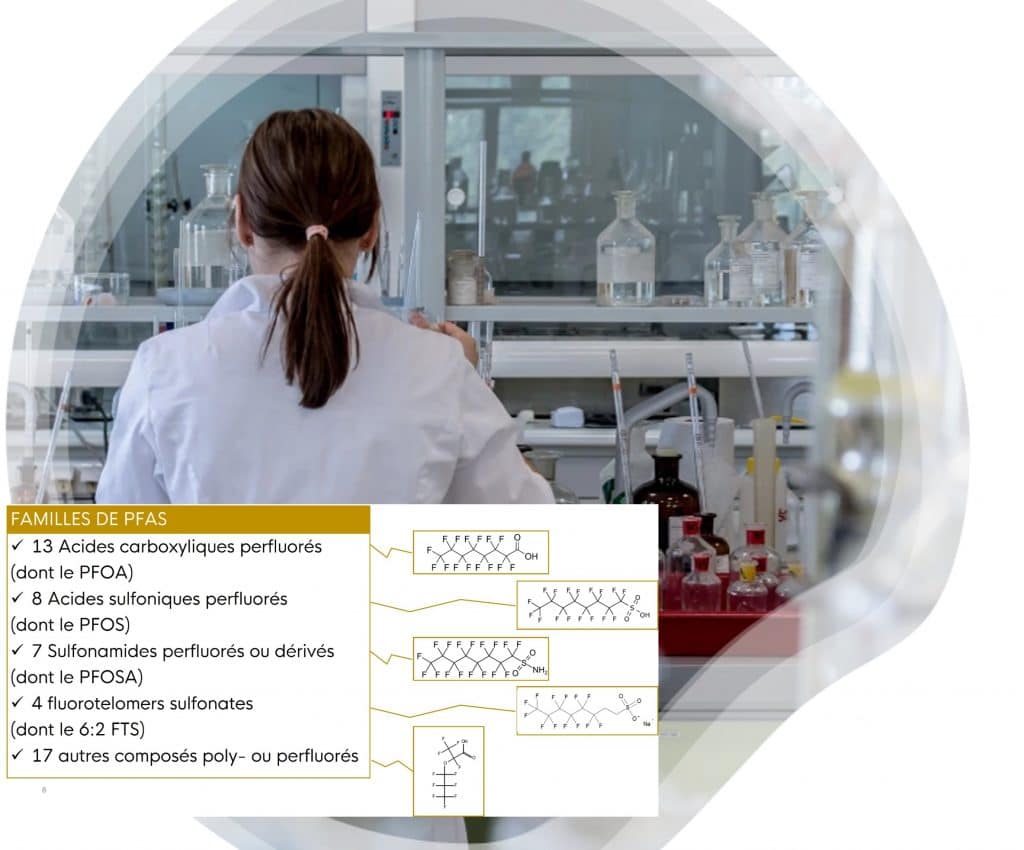

Participation in the PFAS Technical Day with AXELERA
On November 21, 2024, we were able to take part in the PFAS Technical Day organized by AXELERA. This event was a valuable opportunity to share and discuss significant advances in the field of per- and polyfluoroalkylated substances (PFAS).
PFAS are chemical compounds that persist in the environment and the body, and are associated with various health problems such as cancer, hormonal disorders and thyroid disease.
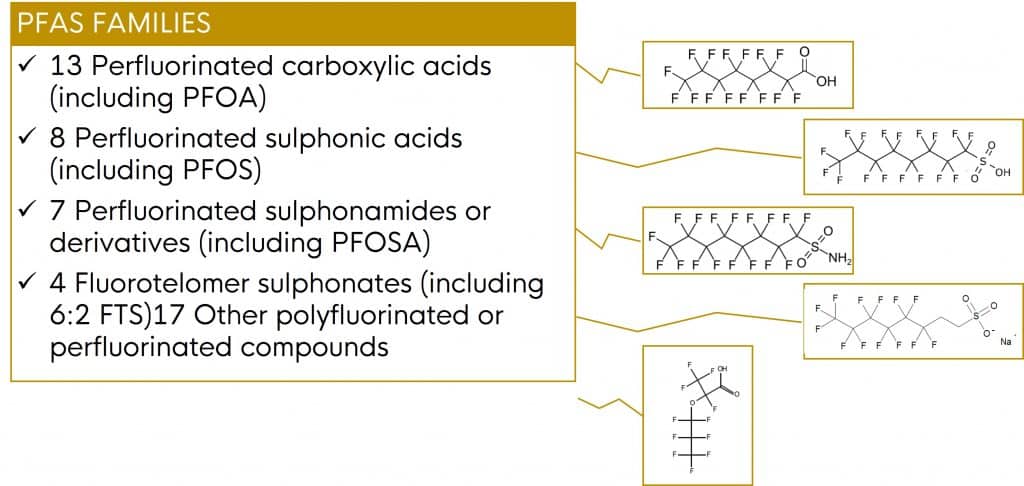
TERA Environnement & Toxilabo, entities of the Groupe TERA, presented their progress in developing methods for analyzing PFAS in the air.
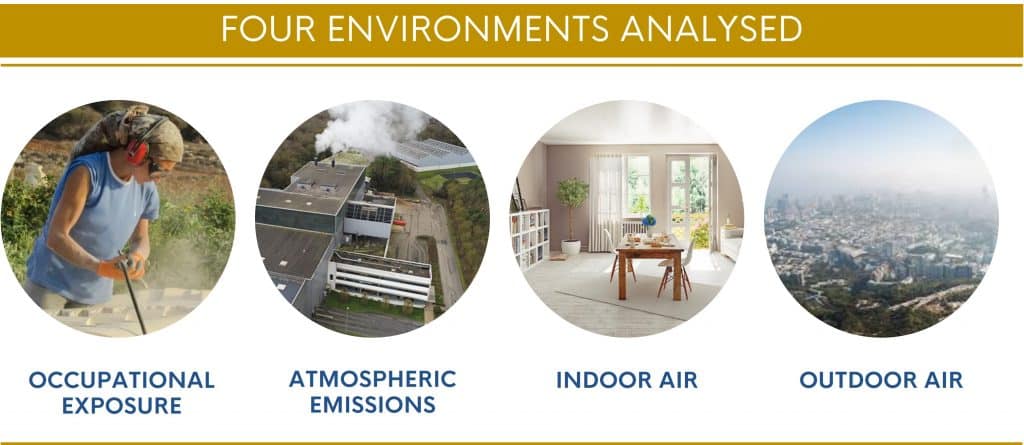
Jean Rousseau from ToxiLabo & Vincent Ricard from TERA Environnement
During the day, we were honored to present the progress of our work on PFAS. Jean Rousseau from ToxiLabo opened the session by presenting the advances made in Nantes concerning Occupational exposure and Atmospheric emission. For our part, TERA Environnement highlighted developments in ambient and indoor air quality (IAQ).
The discussions were rich and constructive, underlining the shared determination of laboratories, institutions, authorities, cities and industry to work together to make rapid and effective progress on this crucial subject. The day was marked by fruitful exchanges and a shared determination to find innovative solutions for PFAS management.



“We would like to extend our warmest thanks to Aline Richir for her exemplary organization of this event, and to all the participants for their commitment and contributions. The day was a great success, and we look forward to continuing this collaborative dynamic.”
